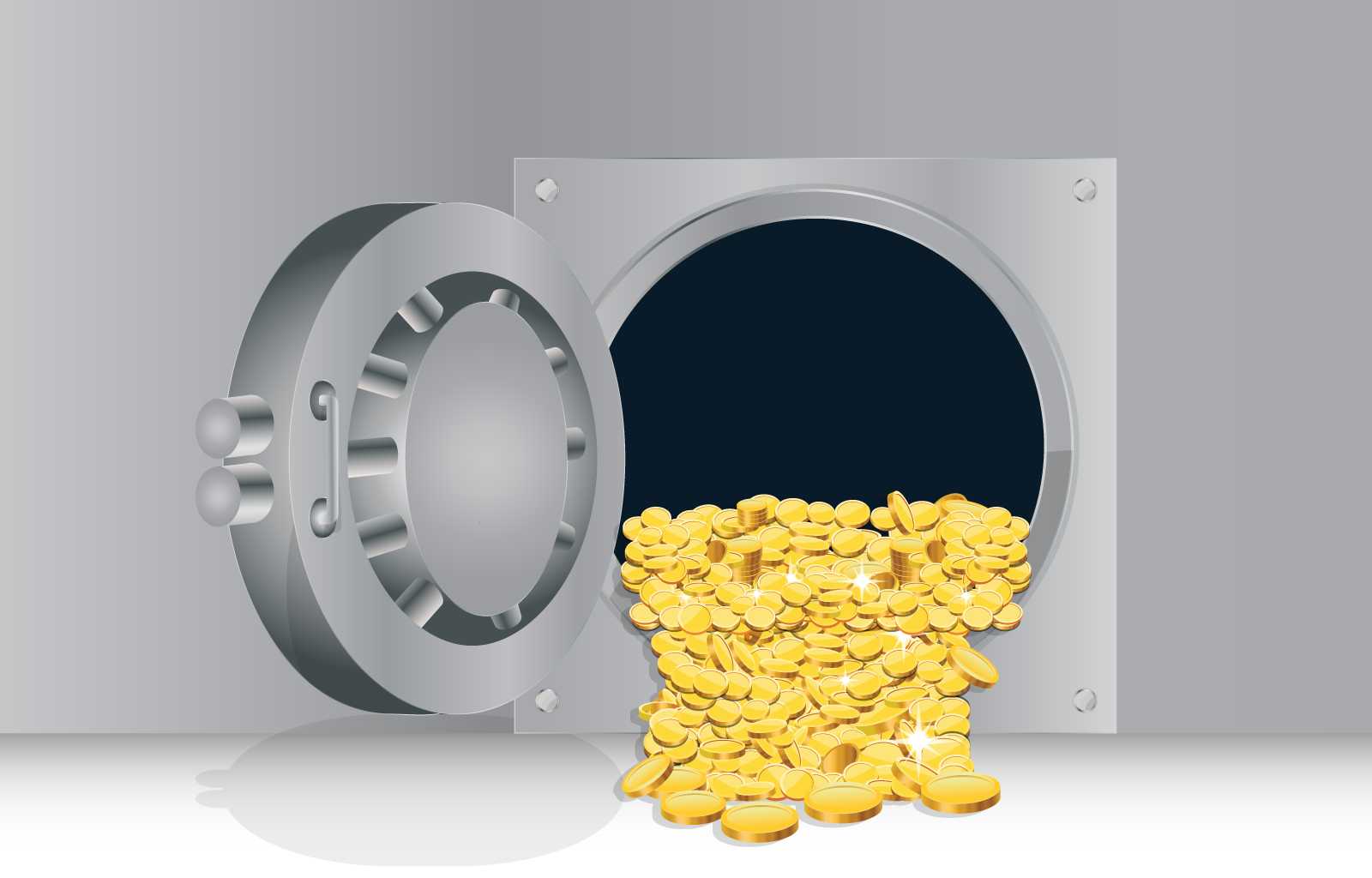Treasury management has grown increasingly complex over the last decade. The task once consisted of bank selection, reconciling statements, and managing daily transactions. Today, it focuses more on finance, risk assessment and mitigation, and ever-evolving banking and governmental regulations.
As the job of a CFO or treasury manager changes, so do the tools they use. Automation already takes care of many of the tasks that once took up most of a treasury manager’s day, and it’s poised to take on today’s treasury tasks next.
Particularly when it comes to cash management, technology already exists to monitor and optimize cash flow, predict future liquidity, and even enable better corporate finance strategies. Treasury management systems like Kyriba lure CFOs away from bank-provided treasury management services with attractive solutions like process automation, even if those systems are still linked to the customer’s existing bank account.
“Banks that offer treasury management services are empowered to better understand the unique processes, cultures, and needs of each individual business,” FVC Bank explains. To offer competitive services, however, they need to leverage modern technology.
The Challenges of Today’s Treasury Manager
In addition to keeping up with regulations and mitigating risk, CFOs and others managing treasuries today have to deal with:
- Manual processes: Not only are tasks completed by hand, but there are often a dozen or more steps from invoicing to reporting. Many of these steps are also paper-based, leading to the next problem—
- Lack of detailed reporting: Paper-based processes make it difficult or even impossible to get the kind of granular data treasury managers need to accurately predict cash flow and liquidity. The data they do have access to is also often aged, because it’s been tied up in outdated workflows.
- Addressing errors and other issues: Manual reconciliation leaves room for error, which can lead to chargebacks, delayed payments, and friction with vendors and customers. Cross-border payment situations also require extra attention. Handling these situations takes time and resources.
- Determining ideal payment dates and types: Based on cash flow, the cost of using each payment type, vendor/customer payment preference, and, in some cases, discounts for early payment, there are many considerations that go into deciding when and how to pay each invoice.
When you consider the manpower, time, and fees associated with handling these processes and issues, treasury management comes at considerable cost and, ultimately, reduced working capital. Fortunately, digital solutions that leverage automation algorithms can address all of these issues, cutting costs and possibly even generating profit.
A well-designed treasury management system automates reconciliation, uploading incoming and outgoing payments to the accounting system without manual intervention. It can also alert managers when something needs attention, like potential fraud or exposure, unusual spend, approaching limits, and more.
What’s more, automation eliminates the need to re-key data at different points in the reconciliation process. It integrates payments and accounting, making plug-and-play payment options possible while still allowing for exceptions to be identified. All of this decreases friction and lowers credit and fraud risk normally present in paper-based processes, especially for large transactions.
The artificially intelligent solutions that enhance these processes have another useful byproduct: data. This data makes it possible to take treasury management even further for a bank’s customers.
Allow CFOs to Manage Their Books Like a Bank
As treasury management software completes tasks digitally, it takes in and generates data at inhuman speeds. All this data gives treasury managers and CFOs on-demand access to detailed reporting on budgeting, savings, compliance, and more.
These are exactly the conditions a CFOs needs to run their treasury like a bank. With an enhanced view of opportunities to, say, maximize discounts by paying early or with a vendor’s preferred payment method, they gain more control over cash flow and opportunities to retain funds that can be invested elsewhere.
In this scenario, the bank customer’s treasury becomes a profit center. Paired with the speed and agility automation provides, it unlocks opportunities to trade terms, dynamic pricing, and commoditization of vendors by making it easy to switch between them.
Think of all a CFO could do with data at the helm ensuring smooth cash-flow management and worry-free expense coverage. The treasury management system’s AI would know contract dates and pay out or invoice accordingly, as well as forecast liquidity month-over-month. If the treasury manager knows their risk thresholds, they could use the software to ensure they stay within them.
The benefits to the bank’s customers are undeniable. As detailed treasury data and process optimization bring growth and success, loyalty is sure to follow.
Serve Treasury Customers Better with Digital Solutions
Wells Fargo, BofA, Citi, and Chase all offer treasury management services with varying levels of automation. Neobanks like WeBank are joining in, with digital technology and automation sure to power their services.
Treasury’s days of being overlooked are dwindling—customers are beginning to expect competitive management services. Banks should aim to provide treasury customers with digital solutions that can be easily accessed online. Without that, customers may turn to third parties to meet their management needs.
For more information on how to empower wholesale treasury customers with AI-enabled treasury service software, reach out to us here at Kunai.
